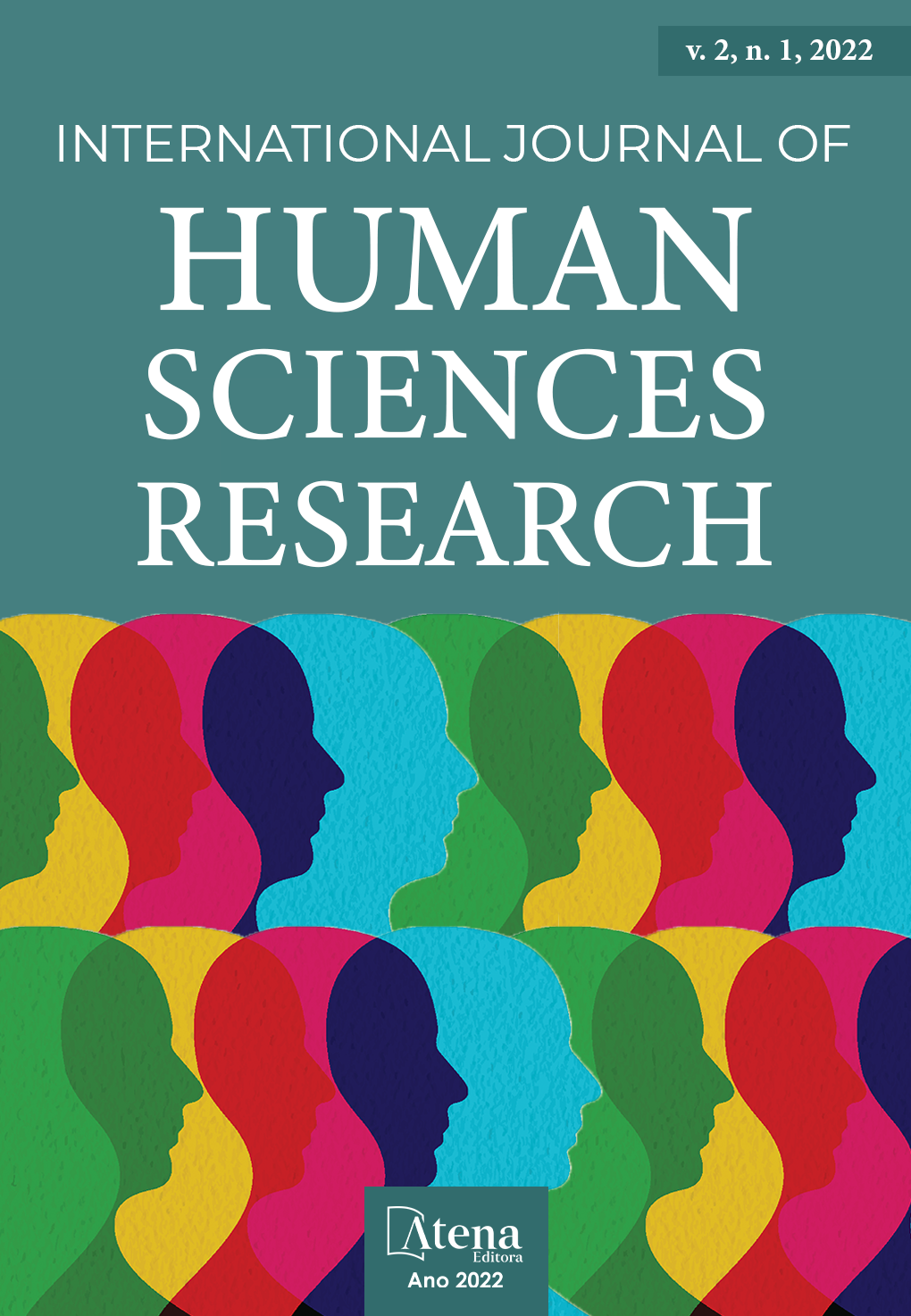
SCHOOL ESCAPE OF WOMEN IN EJA: Challenges of the “New Normal”
The present work proposes a discussion about the school dropout of women in Youth and Adult Education (EJA) in the Municipality of Campos dos Goytacazes. The general objective of this work points to the understanding of the correlation between the implementation of public policies in the EJA to improve the school dropout rates of its students. For specific objectives, we seek to know the socioeconomic and cultural profile of students, investigate the strategies for monitoring school attendance and their possible impacts on the permanence and dropout of women in the EJA, present statistical data on the permanence and dropout of women in the EJA and compare results education of EJA students and the engagement of the school team as partners at this moment. Methodologically, it is intended to collect quali-quanti data, in terms of Babbie, with the application of questionnaires and interviews to different social actors. The main sources are the works of Charlot, Dourado and Michelle Perrout.
SCHOOL ESCAPE OF WOMEN IN EJA: Challenges of the “New Normal”
-
DOI: 10.22533/at.ed.558212210015
-
Palavras-chave: Public Policies; Education; Gender.
-
Keywords: Public Policies; Education; Gender.
-
Abstract:
The present work proposes a discussion about the school dropout of women in Youth and Adult Education (EJA) in the Municipality of Campos dos Goytacazes. The general objective of this work points to the understanding of the correlation between the implementation of public policies in the EJA to improve the school dropout rates of its students. For specific objectives, we seek to know the socioeconomic and cultural profile of students, investigate the strategies for monitoring school attendance and their possible impacts on the permanence and dropout of women in the EJA, present statistical data on the permanence and dropout of women in the EJA and compare results education of EJA students and the engagement of the school team as partners at this moment. Methodologically, it is intended to collect quali-quanti data, in terms of Babbie, with the application of questionnaires and interviews to different social actors. The main sources are the works of Charlot, Dourado and Michelle Perrout.
-
Número de páginas: 9
- Lívia Vasconcelos de Andrade
- José Alexandre
- Clarisse Conceição Rangel Gomes
- Ethmar Vieira de Andrade Filho
- Tamara Cecília Rangel Gomes


